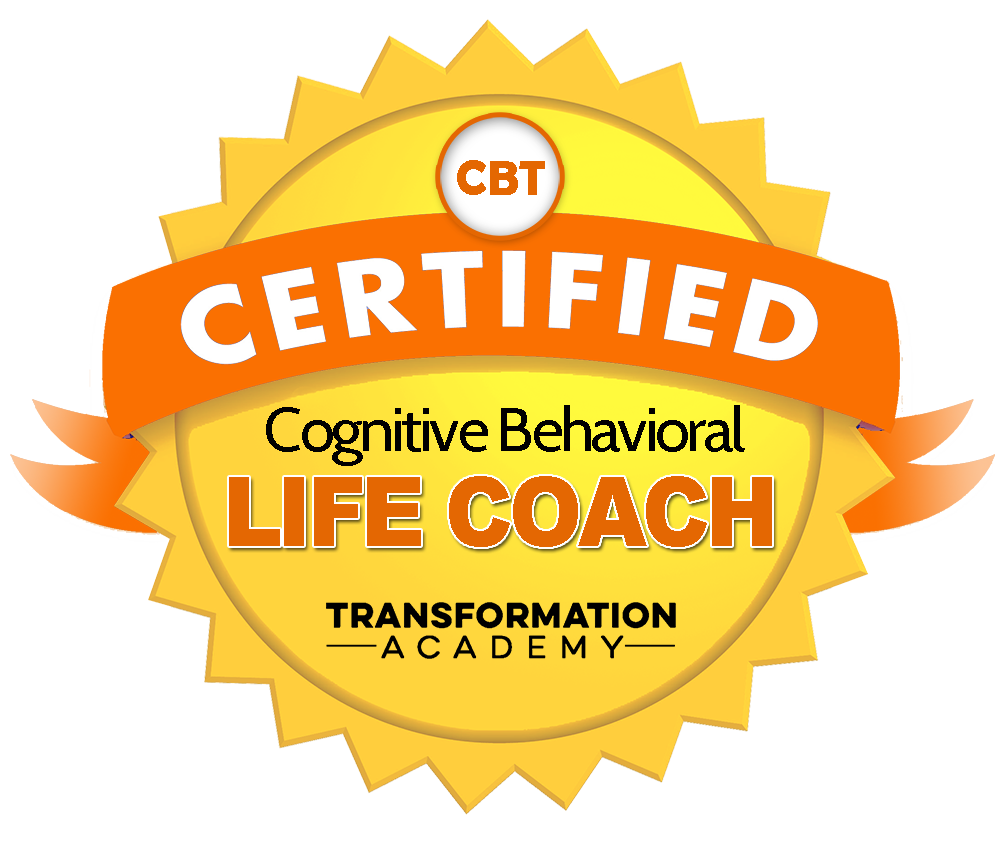Understanding Dysthymic Disorder: The Hidden Struggle

Dysthymic Disorder, often referred to as persistent depressive disorder, quietly infiltrates the lives of those affected, presenting a unique challenge to both patients and clinicians. Characterized by a persistent low mood and a lack of interest in daily activities, this form of clinical depression manifests as a subtle yet insidious force, impacting various aspects of life. In this article, we delve into the complexities of Dysthymic Disorder, exploring its symptoms, challenges, and treatment options.
Unlike the acute onset of Major Depressive Disorder (MDD), Dysthymic Disorder operates on a chronic yet milder spectrum. Its symptoms may not manifest daily, allowing individuals to maintain a facade of normalcy despite experiencing persistent emotional distress. However, beneath this veneer lies a profound sense of dissatisfaction and emotional turmoil, as those affected struggle to find joy or fulfillment in their lives.
One of the defining features of Dysthymic Disorder is the subtle erosion of motivation and drive. While individuals may still fulfill their daily obligations, they often do so with a sense of detachment and apathy. Unfortunately, this lack of outwardly visible impairment can lead to misunderstandings from friends and family, who may attribute the subdued mood to laziness or a lack of ambition.
Compounding the issue is the pervasive stigma surrounding mental health, further obscuring the recognition and treatment of Dysthymic Disorder. Many individuals endure the silent suffering of undiagnosed depression, unaware that their persistent feelings of sadness and disinterest warrant professional intervention. Without timely recognition and intervention, the disorder can gradually escalate, impairing daily functioning and exacerbating emotional distress.
Perhaps most concerning is the propensity for Dysthymic Disorder to escalate into Major Depressive Disorder, a phenomenon known as "double depression." In these cases, individuals experience a convergence of chronic and acute symptoms, culminating in a debilitating state of despair and dysfunction. It is at this critical juncture that psychiatric intervention becomes imperative, often necessitating hospitalization to ensure the safety and well-being of the individual.
Recognizing the severity of Dysthymic Disorder is paramount in facilitating early intervention and treatment. While antidepressant medications and psychotherapy are commonly utilized, the road to recovery can be fraught with challenges. Despite adequate treatment, some individuals may continue to experience persistent symptoms, highlighting the complex nature of this disorder.
Moreover, treatment outcomes can vary significantly among individuals, with some responding well to interventions while others exhibit minimal improvement. This variability underscores the need for personalized approaches to care, tailored to the unique needs and circumstances of each patient.
In conclusion, Dysthymic Disorder represents a significant public health concern, often hidden beneath the surface of daily life. Its subtle yet pervasive nature can make recognition and treatment challenging, perpetuating unnecessary suffering for those affected. By raising awareness and promoting early intervention, we can strive to alleviate the burden of Dysthymic Disorder and improve the quality of life for individuals living with this condition.
Click the link below to book your free clarity call or free virtual coffee chat.
Grab a copy of our newletter by completing the form below, this will then be sent to your inbox every month.
My Affirmation For The Week
"To draw, you must close your eyes and sing."









